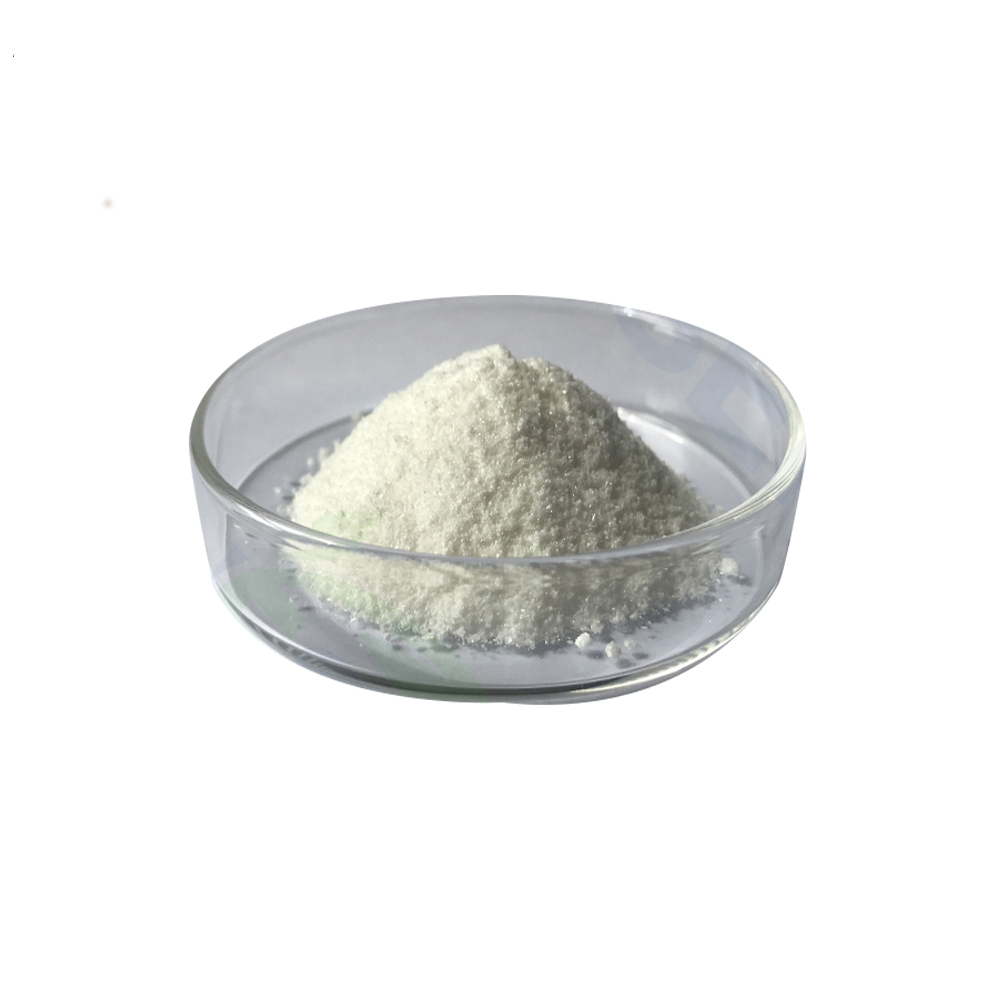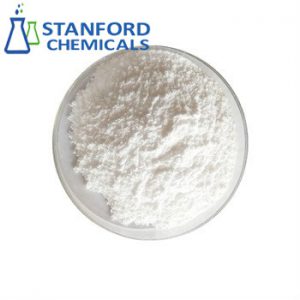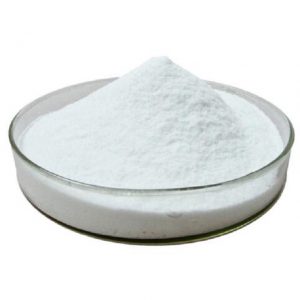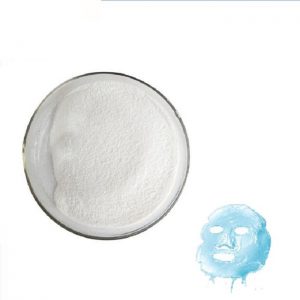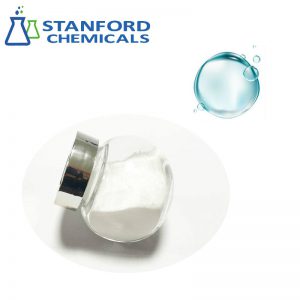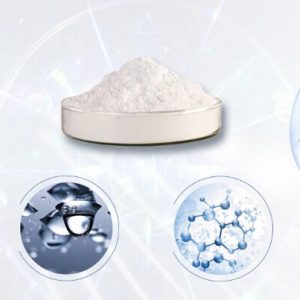- Home
- Hyaluronic Acid
- 020-000-113 Hyafactor Acetyl Glucosamine
020-000-113 Hyafactor Acetyl Glucosamine
Stanford Chemicals supplies a new product-HyafactorTM-NAG
N-acetyl-D-glucosamine
INCI name: Acetyl glucosamine
Molecular formula: C8H15NO6
Application of Acetyl glucosamine (NAG): Cream, Emulsion, Serum, Mask, etc..
The recommended dosage of Acetyl glucosamine (NAG): 0.5% – 2%
- Description
Description
Acetyl glucosamine (NAG) Introduction
Acetyl glucosamine (NAG glucosamine), a basic component unit of numerous polysaccharides in cells, has many important physiological functions in organisms. Hyafactor-NAG is a small amino monosaccharide molecule obtained by bio-fermentation. It possesses excellent transdermal absorption and can improve skin hydration. In addition, NAG as a high-quality and multi-functional moisturizer has been widely used in various cosmetic formulations.
Acetyl glucosamine (NAG) Efficacy
1 High-quality moisturizer
The excellent transdermal absorption ability of NAG can improve skin hydration to make it a high-quality moisturizer.
2 Promoting HA synthesis
NAG can enhance the activity of hyaluronic acid synthase (HAS) promoting the synthesis and secretion of hyaluronic acid by the keratinocytes and fibroblast cells, thus improving the hyaluronic acid content of the skin.
3 Natural exfoliating regulator
NAG is a natural exfoliating regulator during the metabolism of keratinocytes. The glycoprotein present on the surface of keratinocytes will cause these keratinized keratinocytes to bond together and hard to peel off when in the presence of abnormal metabolism.
NAG, on the contrary, can improve and maintain the metabolism of the glycoprotein on the surface of keratinocytes in the way that the natural exfoliation of cutin makes the skin smoother and more delicate.
4 Whitening skin
NAG can inhibit tyrosinase activity leading to the reduction of melanin synthesis. What’s more, the synergy effect of NAG and nicotinamide can reduce skin pigmentation, fade skin color spots and reduce the phenomenon of uneven complexion caused by UV radiation, showing beautiful and charming skin.
5 Scavenging free radicals
NAG can reduce free radicals damage occurring to the skin by scavenging free radicals, and it is able to enhance the anti-wrinkle, anti-aging, and skin tissue repairing ability as well.
Acetyl glucosamine (NAG) Application
Cream, Emulsion, Serum, Mask, etc.
The recommended dosage of Acetyl glucosamine (NAG)
0.5% – 2%
Submit your review | |
1 2 3 4 5 | |
Submit Cancel | |
Perfect HA for the skin.

